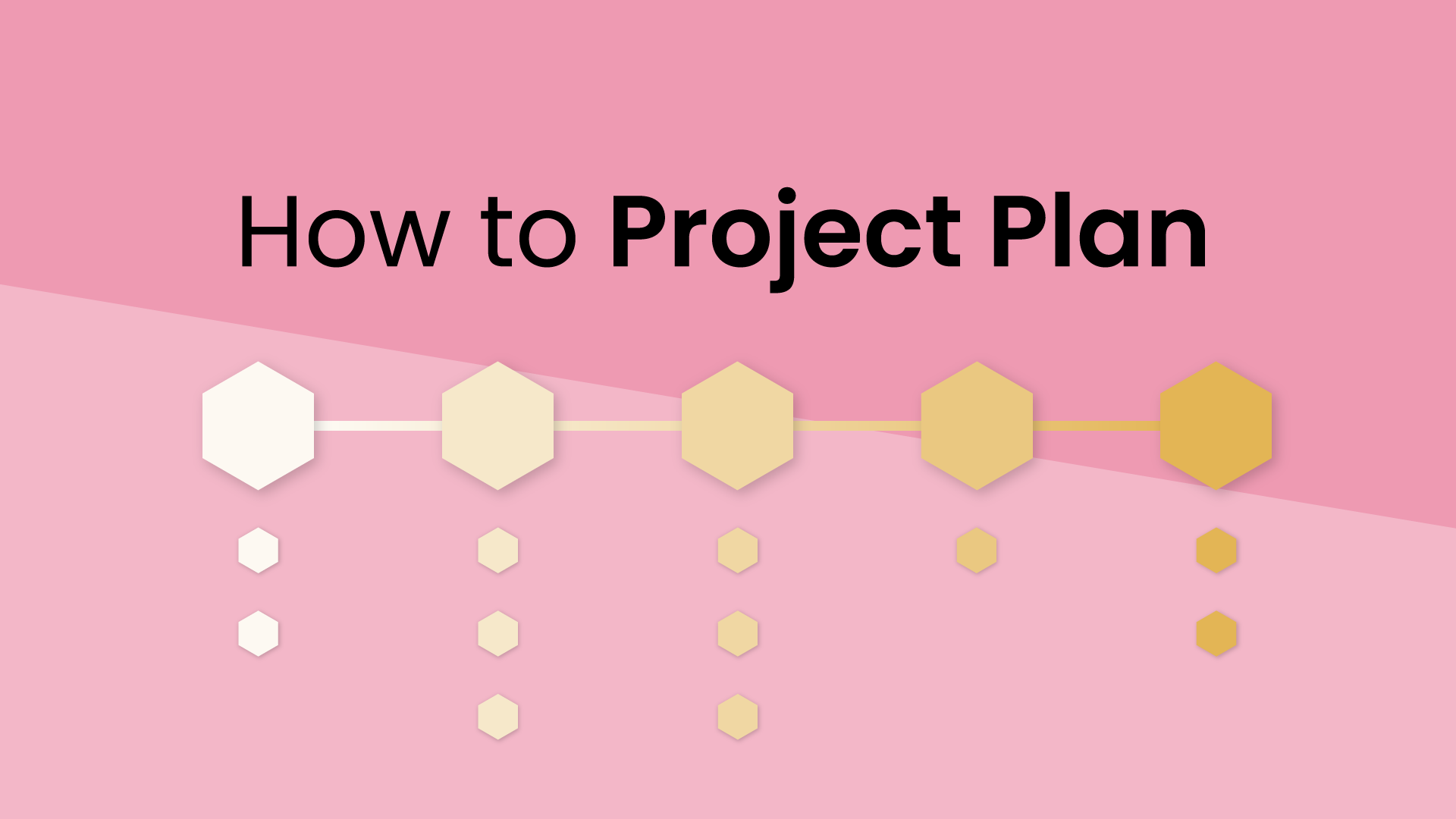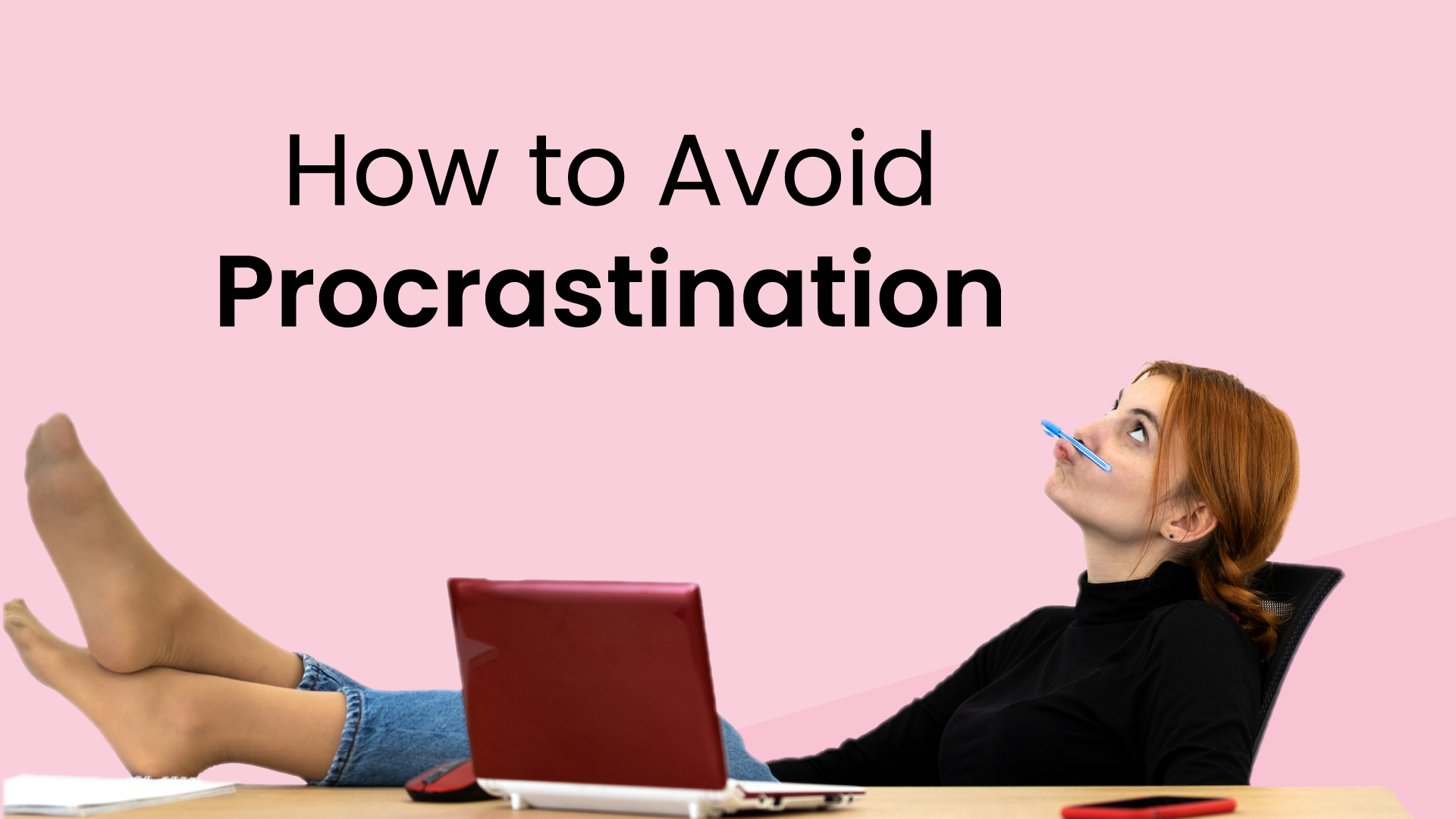

In the movie Wall Street, Michael Douglas’ character Gordon Gekko declared that “lunch is for wimps.” And it seems that conceit has taken hold — 62% of professionals say they usually just grab a quick bite at their desk. After all, trading 60 minutes of downtime for another hour of effort seems like a reasonable exchange.
But as it turns out, that additional hour of effort may not translate directly to an hour of productivity. If improved productivity is the goal, skipping lunch or eating while working won’t cut it.
If you want to improve the quantity and quality of your work, consider scheduling yourself a lunch break every day — and more than a 10-minute break to eat a quick sandwich. Lunch should be considered a block of time as important as any other high-priority work task.
In this article, you’ll learn 5 ways in which taking a lunch will actually improve your productivity.
1. Eating lunch keeps you alert
Skipping lunch may seem like an easy way to get more time out of your day. After all, if you’re hungry, you can always just grab a snack later, and that time can be spent finishing a report or catching up on emails. However, skipping a meal comes at a cost to your productivity.
Lunch breaks consisting of healthy food choices can set you up for a more productive afternoon by giving your brain the fuel it needs to focus and continue working. Your body turns food into glucose, which provides the energy needed for your brain to stay alert. A cheap, fast lunch may seem like a good option, but these foods can lead to a temporary burst — followed by a dip — in energy, and can also make you groggy by causing your digestive system to work harder.
Without that healthy energy, it becomes much harder to concentrate. “When we don’t feed our brains, this can signal to the body that it’s time to shut things down,” says Frances Largeman-Roth, registered dietician and nutrition expert.
Of course, eating a healthy lunch full of energizing foods is important. But to feel mentally refreshed and ready for the second half of your workday and beyond, you also need to give your mind a rest and separate from work during your lunch break.
2. Lunch breaks replenish energy
A break in the day can help you replenish the energy that you may have lost during the morning’s work. A study conducted by Live Science showed that tough mental tasks can cause more fatigue than you might realize. Participants were asked to exercise, and those that had first expended mental energy on a challenging task stopped 15% earlier than those who didn’t. Heading into the afternoon, you can count on having less energy if your morning was consumed by difficult work.
“Taking a break in the middle of the day for lunch is a recovery period, allowing employees to come back refreshed and reinvigorated for the second half,” Jennifer Deal, a senior research scientist at the University of Southern California (USC).
Lunch breaks can also include other activities to help you recharge. Making time to exercise, or even just take a walk, brings positive impacts, improving your memory, concentration, and alertness. Meditation can reduce stress. Using a lunch break as a restorative period can set you up for a more productive afternoon.
3. Lunch breaks help you collaborate
While you can certainly use your lunch break to spend time alone (especially if you’ve been trapped in meetings all day), it may benefit you to eat lunch with teammates.
Lunch breaks give you an opportunity to meet with your colleagues in a more casual setting — not focused on work — which can help everyone get to know each other more. Socialization between employees increases the effectiveness of collaboration as you increase your understanding of your colleagues' backgrounds and values.
“From an evolutionary anthropology perspective, eating together has a long, primal tradition as a kind of social glue. That seems to continue in today’s workplaces," says Kevin Kniffin, author of the study “Eating Together at the Firehouse: How Workplace Commensality Relates to the Performance of Firefighters.” The study found that the job performance of firefighters who ate together was higher than those who dined solo.
For teams working in a shared space, lunch breaks are a convenient opportunity for coworkers to gather over something more intimate than a spreadsheet. Remote teams can gather for a “Zoom lunch” or meet at a coworking space or restaurant if they live in close proximity.
Whether the gatherings occur in person or virtually, teams that take breaks together have stronger social groups. And the strength of social groups correlates positively to productivity. A study found that workers who take a lunch break every day have more engagement on a wide range of metrics, including job satisfaction, efficiency, and the desire to be an active member of the company.
4. Lunch breaks boost creativity
Creativity often happens in the moments between the otherwise high demands on your brain to constantly process information. Motivated attention is known as the task-positive network. Your brain is fired up and busy filing away everything you’ve taken in.
But, much like your body can’t physically be in go-go-go mode all the time, your brain also needs some downtime. The human brain is particularly demanding, constantly requiring 20% of your body’s energy. Between this high demand and information processing, your brain needs space in order for creativity to occur. Stepping away from a task to take a lunch break lets your creativity flow again.
By contrast, your brain also has a default mode network (DMN), or brain activity that occurs when you are supposed to be “at rest” (i.e., not involved in a specific mental task). As it turns out, during DMN, your brain is far from idle. The brain instead works to make sense of what it has learned. While “aha moments” may seem to come out of nowhere, they are often the result of mental activity during downtime. They say the best ideas come to you in the shower, but you’ve probably had just as many while eating a sandwich.
The DMN is linked to cognitive abilities like divergent thinking. The DMN systems activated during rest are also important for imagining the future and feeling social emotions. When you give your brain a rest, you’re giving a big boost to creativity and problem-solving. Your lunch break can serve as an ideal time to reach DMN, leading to more brilliant ideas later.
5. Lunch breaks sync with your productivity rhythms
Most people hit a low point in the early afternoon. This aligns with your circadian rhythm, or your body’s natural ability to feel alert or sleepy. So, if you feel like you have an ebb and flow of cognitive ability throughout the day, you’re not alone!
The good thing about this rhythm is that it’s predictable. You reach peak alertness in the morning, and then it begins to decline. Somewhere in the late afternoon, you get a second wind, but that trough in the middle of the day is where you need to be mindful of how you spend your time.

“The performance change between the daily high point and the daily low point can be equivalent to the effect on performance of drinking the legal limit of alcohol,” writes Russell Foster, a neuroscientist and chronobiologist at the University of Oxford, and Leon Kreitzman in their book Rhythms of Life. Studies also show that 4 to 5 hours of demanding mental activity is the limit before burnout.
Instead of fighting your body’s natural rhythms, you can be cognizant of how you spend your time. You can plan for less demanding tasks in the early afternoon. And a lunch break can be timed perfectly to address your naturally waning productivity.
It’s your lunch break: Set it — don’t forget it
The research certainly backs taking a meaningful lunch break: one where you can recharge for the afternoon with food and other energy-boosting activities. If you’re looking to improve your afternoon work, take ownership over a block of time in the middle of your day. Protect that time on your calendar in the same way that you would a meeting or other scheduled event, and form habits for how you will spend that time. Your productivity depends on it.
Productivity Trends Reports
Ready for an
AI calendar?
Auto-schedule focus time, meetings, & breaks on Google Calendar + Outlook Calendar.
Start scheduling →It's free! 🎉






























